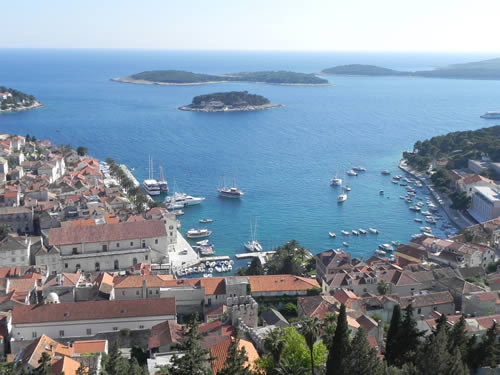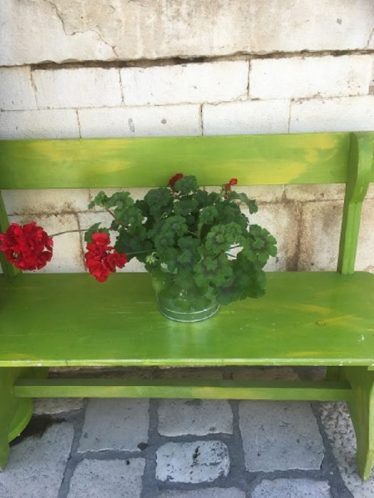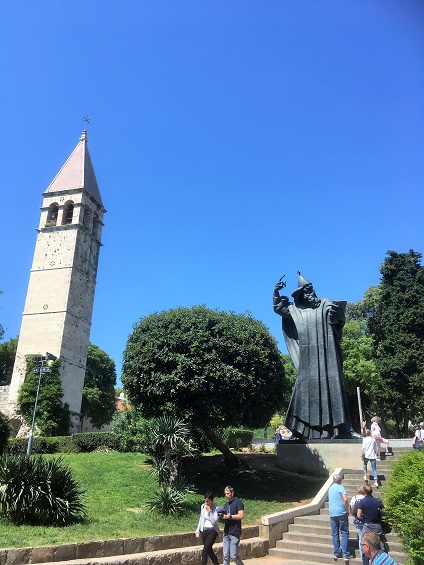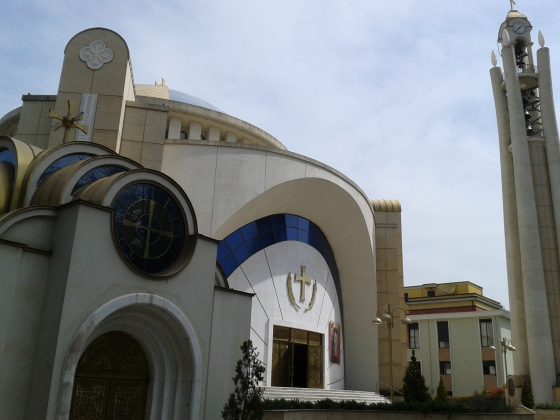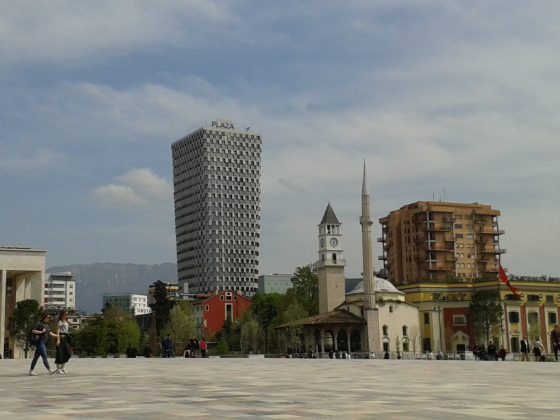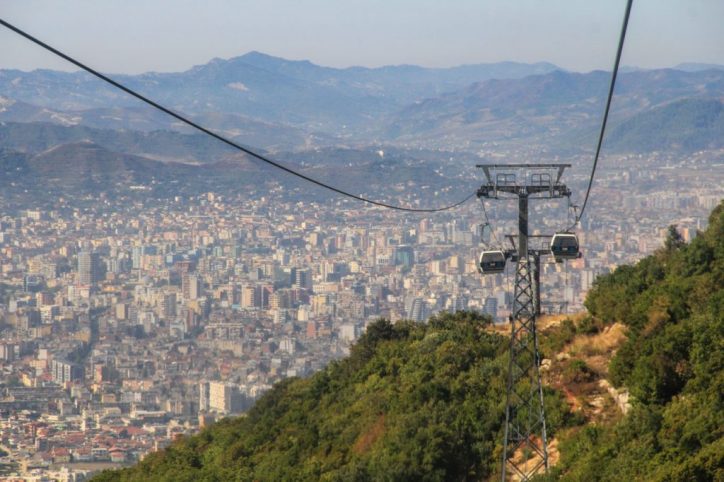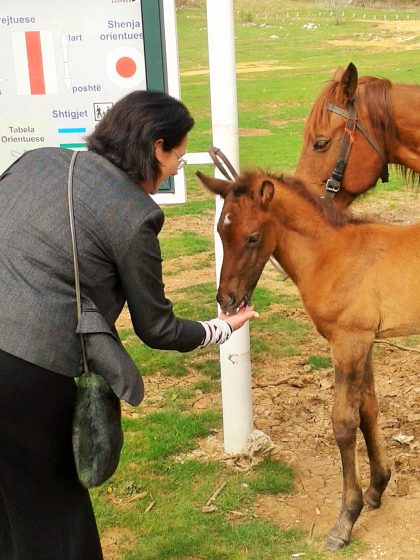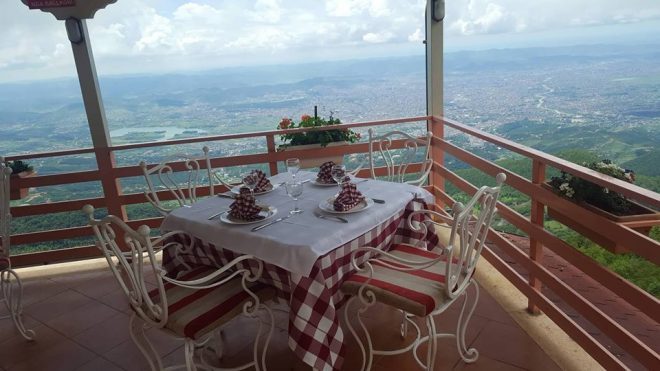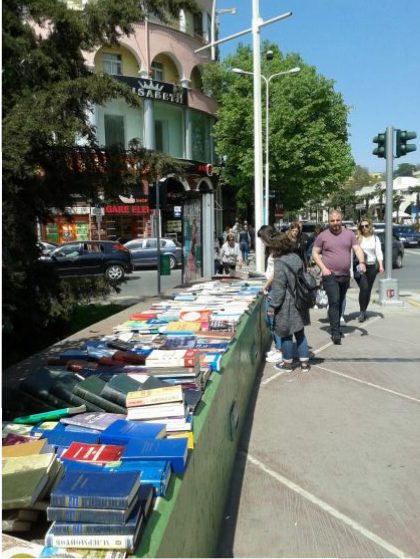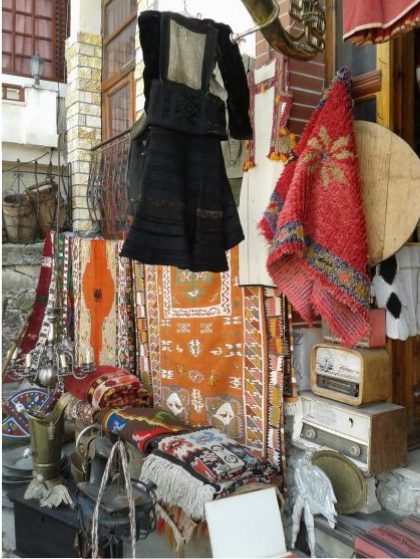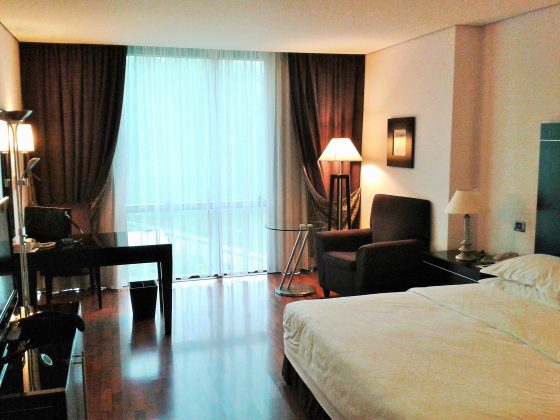
La Locanda del Ruspante is a charming country farmhouse owned by a local family who take immense pride in their restoration of this beauty. Open for reservations, both international and domestic guests alike, it’s a perfect getaway for time-poor workers and those needing some true rest and relaxation.

The country house is a typical old stone building which has been carefully and completely renovated for guests to enjoy its ambience and serenity.
Castro dei Volsci is a municipality of approximately 4,702 inhabitants in the Province of Frosinone in the Italian region Lazio. It’s located about 90 kilometres southeast of Rome and about 14 kilometres southeast of Frosinone. An interesting medieval village only one hour south from Rome and one and half from Naples, it’s an easier choice of “getting away” rather than traipsing all the way to Tuscany if you’re short on time and wanting a similar experience.
It’s known as one of the Borghi piu belli d’Italia (“The most beautiful villages of Italy”).
A local train does service the regional townships, but the owners also offer transfers in their costings if Rome is your starting point.

Flowers on arrival – oh so romantic! Shown here is the idyllic top floor Suite Nonno Rocco.
Each of the six rooms are individual in style reminiscent of a by-gone amorous era. If you’re seeking a revival – this may be the answer. And each room has been outfitted using vintage furniture which immediately creates an intimate and cozy atmosphere including modern amenities such as air conditioning and a small fridge.

Elegant, serene gardens are the setting for a glorious stay, allowing guests to chill out any time of the day in this serendipitous courtyard. As the restaurant La Locanda del Ruspante is located across the street, let’s take a look at what’s on offer for the guests to partake in and perhaps enjoy the “fruits of one’s labor” foraging in the homestead’s garden and then participating in an authentic Italian cooking class.

Bums up and grab those lovingly home-grown vegies … bursting with fresh produce from the well-cared for garden adjacent to the restaurant and country house. And what’s really fantastic about staying at La Locanda is that the family-owned business includes cooking classes utilising these goodies.

First lesson – squeezing locally made olive oil and now readying ourselves for a masterclass in antipasto from an expert in-house Italian chef.
Yes, I’m quite adept in squirting olive oil in a wok-like frying pan. So far so good!

Our first cooking class progressed admirably with an antipasto in the making. This one was vegetarian with no meat products. There’s always a variation with this offering of delectable ingredients to suit all tastes of sumptuous Italian cuisine.

All bubbling away nicely and our chef kept an eye on our efforts to ensure all ingredients were at the right temperature and time to dish up.

Time out for a cuppa, a true Italian-made coffee is always welcome at any time. Thanks to our ladies who cared for us with this recharge, after which we were ready for the next phase of our culinary journey. Eating!

The end result. A mouth-watering array of fresh vegies from garden to plate. A well-earned feast of healthy accompaniments along with straight from the oven toasted bread.

This antipasto dish isn’t mine … ok I’m being honest. But La Locanda Restaurant offers a more extensive antipasto plate as part of their luncheon menu on Sundays for all foodies to enjoy. Especially if you’re a carnivore.

Next on our agenda (not all in one day) gnocchi and pasta with a rich creamy mushroom sauce smothered over our day’s output.

We were all very proud of ourselves, mastering our pasta class with an assortment of flour, egg and potato for the arduous gnocchi. These ingredients seem so simple, yet you soon realise chefs are truly renowned for their culinary skills in the kitchen. After lots of kneading, pushing and rolling it was worth the effort. No need for the gym this week.

We’ve already had our sensational cappuccino and pasta dish, so there can only be one item on the to-do list and that was our dessert …

Did someone say tiramisu? What a delight to finish off the day with some truly authentic Italian cuisine and it’s filled with spades of Mascarpone cheese and cream. Well, this is where the lessons finished but there’s a lot more to discover around Castro Dei Volsci.

Next blog post I’ll be showcasing some of the sightseeing and activities in and around the area of Castro Dei Volsci.



















